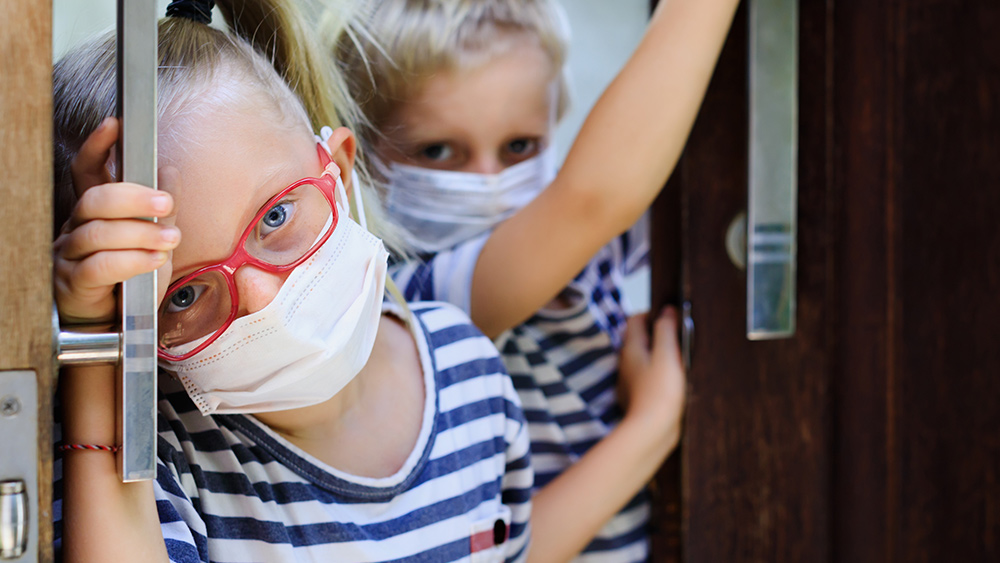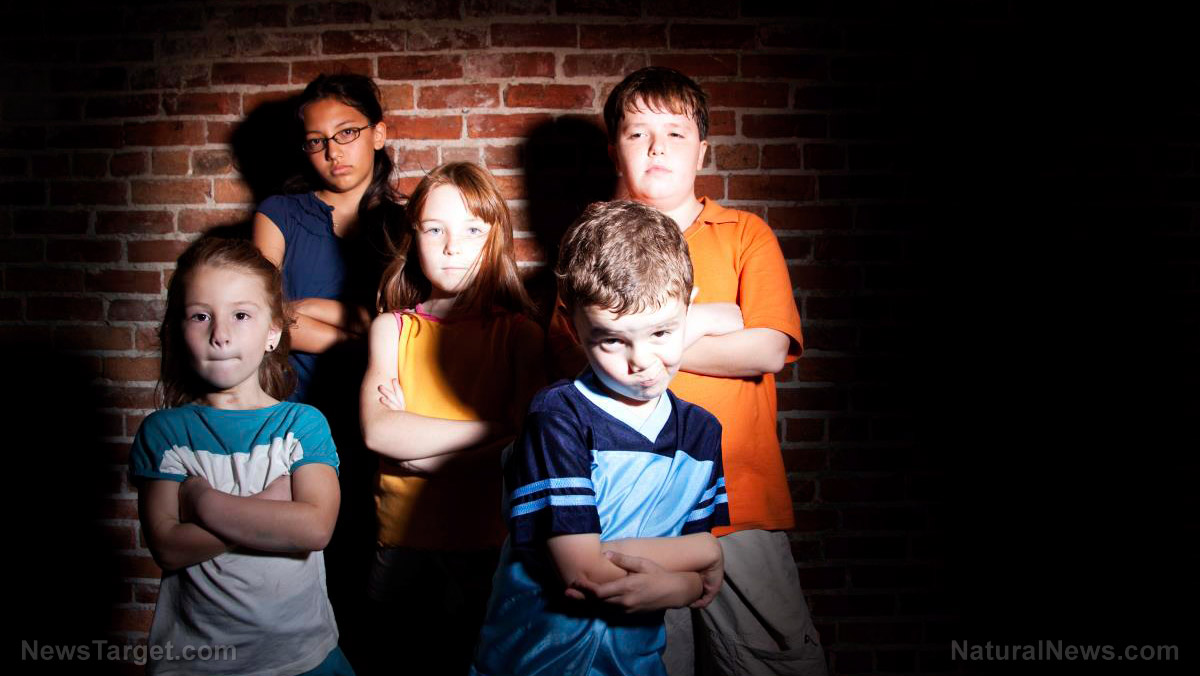
Published in the Canadian Medical Association Journal, it also showed that symptoms commonly associated with COVID-19, such as cough and sore throat, were also present in children who tested negative for the virus. Therefore, these symptoms are not reliable indicators of a COVID-19 infection.
The findings also suggest that nasal swabs are more reliable tools for detecting the coronavirus than the usual screening for symptoms.
Potential carriers
Most studies on children with COVID-19 focus on those admitted to emergency departments. For their study, the researchers sought to explore which symptoms are commonly seen in children with COVID-19 outside of hospitals.
To this end, the researchers analyzed the results of 2,463 children aged five years and above who were tested for COVID-19 between April and September. The children had been tested for contact tracing purposes.
The tests showed that 1,987, or about 80 percent, of the children were positive for COVID-19. More than one-third of these children, or 35.9 percent, had no symptoms.
The researchers also found that children with COVID-19 reported experiencing cough the most. It showed in 24.5 percent of those who tested positive.
The next most common symptoms were runny nose, which appeared in 19.6 percent of children with COVID-19, and sore throat, which affected another 15.7 percent.
However, the researchers found that cough was more common in children who tested negative, with roughly 25 percent of them reporting it. Runny nose was also more common in these children, affecting 22.1 percent.
But children with COVID-19 were seven times more likely to report losing their sense of taste or smell. They were also three times more likely to report nausea or vomiting and twice as likely to have headaches.
Overall, these results indicate that cough, runny nose and sore throat are not reliable signs of being infected with the COVID-19 virus. That is because these symptoms are generally indicative of upper respiratory tract infections, said Finlay McAlister, one of the authors of the study.
Children are also more at risk of contracting different viruses, he added. Therefore, symptoms like vomiting, nausea, headache, fever and loss of taste and smell are more telling of a positive COVID-19 infection.
Unfortunately, this study presents the possibility that more children are infected with the virus but show no symptoms. If so, these children could be unintentionally spreading the COVID-19 virus to their families and friends. (Related: Asymptomatic carriers responsible for over HALF of America's coronavirus cases.)
Given their findings, McAlister said that the province of Alberta was right to close down schools for a longer period over the holidays.
McAlister and his colleagues will soon publish another study that shows sore throat and runny nose are also not reliable indicators of a positive COVID-19 infection in adults.
Transmission rare among children and in schools
Governments worldwide ordered the closure of schools and child care centers when the pandemic hit in the hopes of slowing the spread of the COVID-19 virus. However, recent studies show that children face a lower risk of contracting and spreading the virus than adults.
In a recent commentary that appeared in Pediatrics, researchers from the University of Vermont evaluated several studies that show children rarely transmit the COVID-19 virus to their peers and to adults, provided they observe social distancing guidelines.
One of the studies the researchers cited looked at the households of 39 Swiss children with COVID-19. Data from contact tracing showed that an infected child was thought to be the first case within their household in just three cases.
In another study, researchers found that in more than 80 children exposed to one child with COVID-19, not one of them contracted the disease. In a similar study, researchers from New South Wales found that in 738 students and 128 staff exposed to nine infected students and nine infected staff, only two were infected.
William Raszka, a pediatric infectious disease expert who co-authored the commentary, said that the major takeaway is that children are not driving the coronavirus pandemic.
“[We] have a wealth of accumulating data showing that children are less likely to become infected and seem less infectious.”
Furthermore, schools are also not the “super-spreaders” of COVID-19 that some scientists think them to be. Children are already less likely to catch the virus or get severely ill should they get infected. Schools are also implementing public health protocols, like wearing face masks and frequent sanitizing, as they reopen.
So if infections in schools start to climb, it is likely because there are more infections within the community, said Allison Carroll, a pediatric respirologist with the University of Alberta.
Read the latest updates on the coronavirus pandemic at Pandemic.news.
Sources include:
Please contact us for more information.























